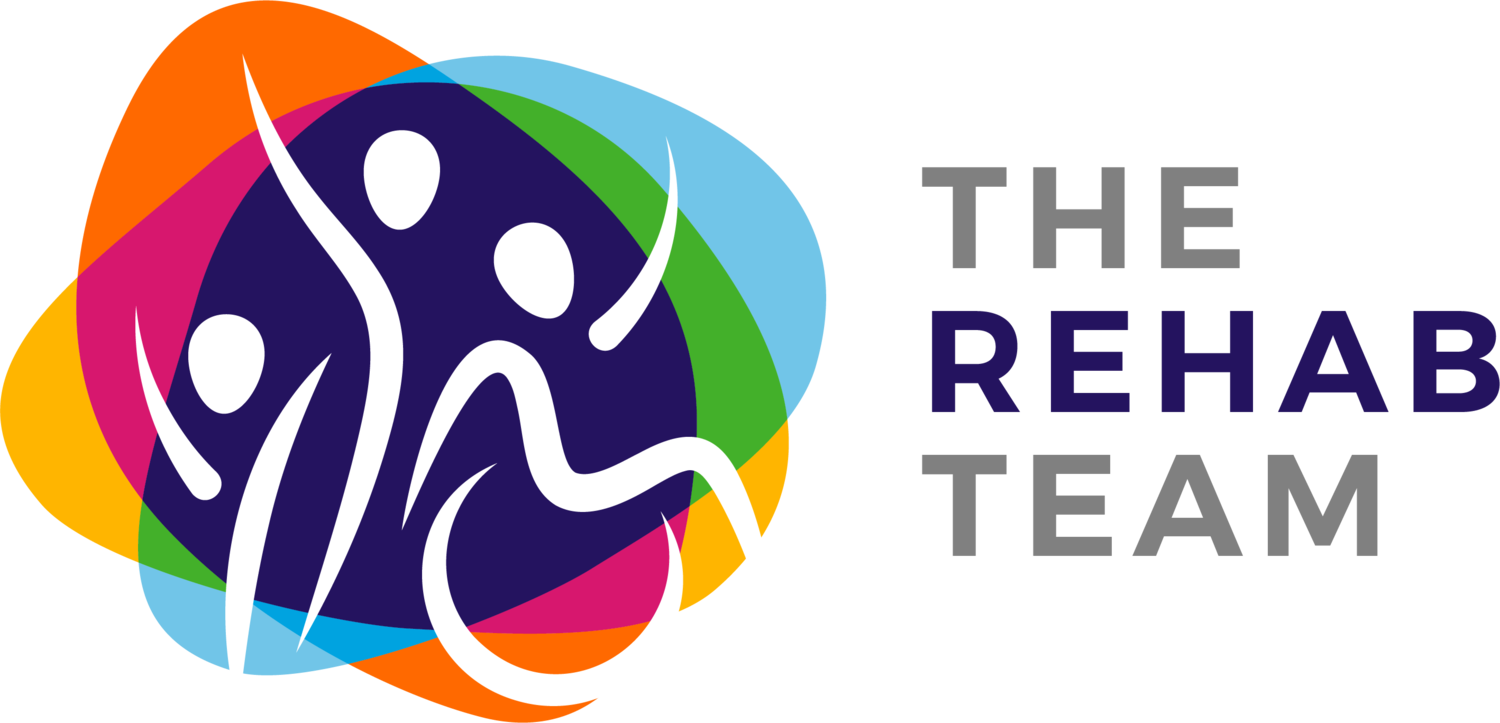Persistent Postural-Perceptual Dizziness (PPPD)
Persistent Postural-perceptual Dizziness (PPPD) is one of the most common causes of chronic dizziness. It is often referred to as triple PD or three PD. Kaitlin, a neurological physiotherapist from The Rehab Team based in Tauranga, discusses what PPPD and more importantly, what you can do about it.
First things first it is important to understand what PPPD is:
Persistent, the symptoms of PPPD are there most of the day, most days of the week.
Postural, PPPD symptoms tend to be worse when patients are upright or moving and better when lying down.
Perceptual, this is because it is something that is felt by the patient but not necessarily obvious to others.
Dizziness, as this is the term that most patients use to describe the non-spinning vertigo and/or unsteadiness.
PPPD is considered within the spectrum of other Functional Neurological Disorders (FND). It can be common for people living with PPPD to develop secondary Functional gait disturbances, imbalance and avoidance behaviours.
What causes PPPD?
It is common to develop PPPD following an injury to the balance system, a recent medical issue or following trauma - either physical or psychological.
In PPPD, the normal ‘filters’ that the brain has to suppress feelings of movement that we don’t need to be aware of all the time stop working correctly. Usually, our brains are able to assess all the sensory information coming in and automatically provide a nice, smooth sense of movement. With PPPD, it is thought that there is an overcompensation and phobic self-observation to an increased dependence of sensory information coming and postural control strategies into the brain. This is believed to result in a distortion and failed integration of our brain's sensory information resulting in PPPD symptoms.
What are the symptoms of PPPD?
People often describe a sense of internal motion like ‘rocking or sway on a boat’ without any physical body movement. It is common to feel unsteady and imbalanced when walking. Symptoms tend to be worse in busy environments such as cafes and shopping centres.
What can I do about it - PPPD treatment
The good news is that recovery from PPPD is certainly possible. Positive treatment outcomes require a good understanding of your diagnosis and what PPPD is, individualised vestibular rehabilitation by a physiotherapist and recognition of other symptoms that may go along with your PPPD - dissociation, anxiety, fatigue to name a few. Some of the symptoms may require treatments of their own. This can include treatment by a Cognitive-behavioural therapy by a psychologist. Your GP/specialist may provide you with medication to assist with your symptoms.
Physiotherapy for PPPD is based on graded and individualised exposure to provoking stimuli. As symptoms of PPPD increase, it is common for people to begin to avoid moving their eyes, neck and body as a way to reduce their symptoms. Physiotherapy aims to help desensitise the nervous system and reduce abnormal movement patterns your body has used to compensate. Physiotherapy treatment can include:
Determining key triggers that bring on your symptoms to help individualise your treatment. What makes you dizzy can help heal you if dosed correctly.
Graded exposure to symptoms
Graded return to movement, less is more! It is common to start with simple eye movements before progressing to larger exposures and finally community re-entry.
Habituation and desensitisation strategies.
Balance retraining
Gait/walking retraining
Utilise fatigue management principles to calm your nervous system/fight or flight responses
If you or a loved one has been diagnosed with PPPD, contact The Rehab Team today to see how our Tauranga local physio’s can assist you in your rehabilitation.
If you found this article interesting and you would like to read more, you can check out our other blogs here. If you would like to get in touch with The Rehab Team, click here.

